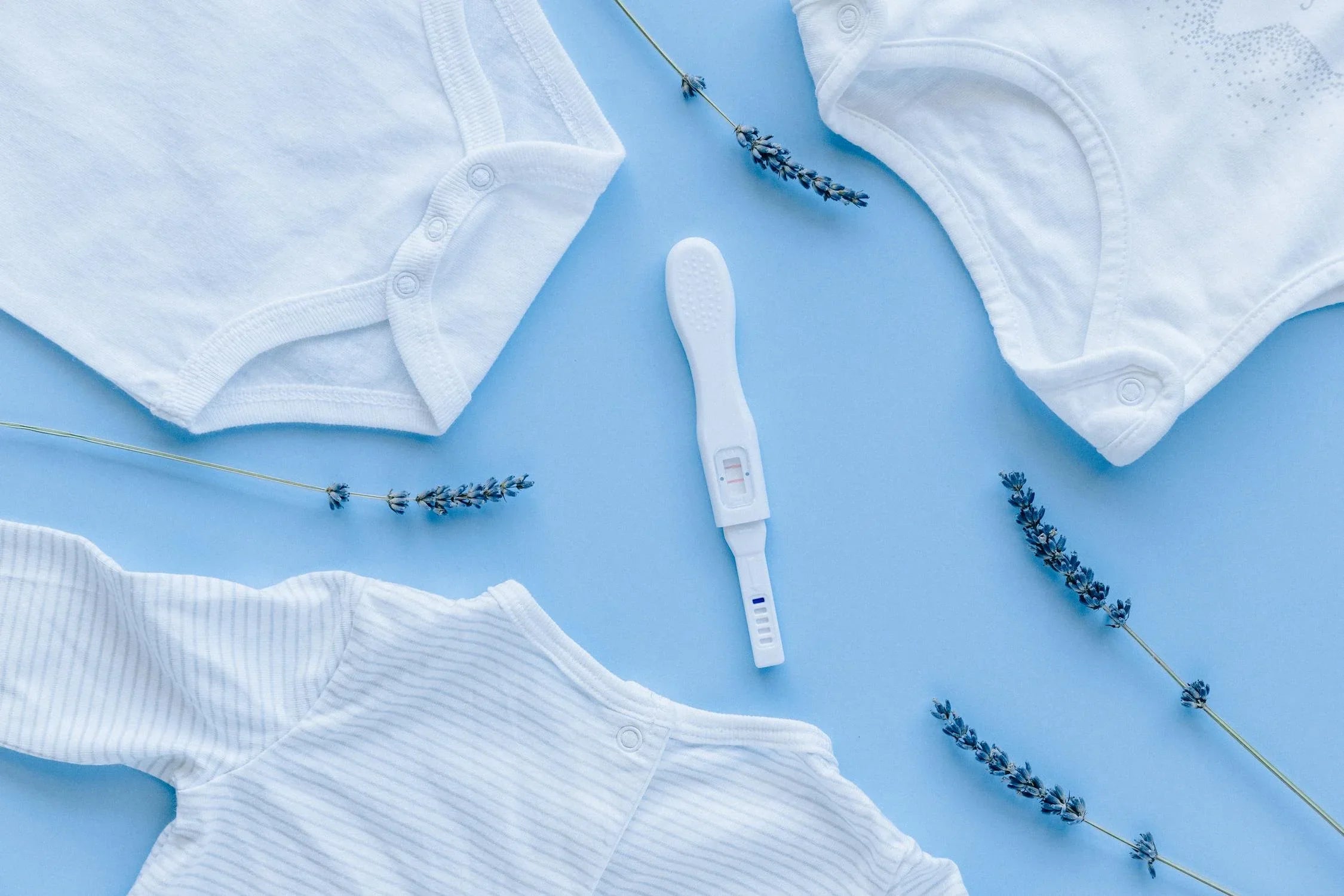Accueil
Pregnancy, Breastfeeding, and Pumping: The Ultimate Guide for Moms
How Long from Fertilization to Positive Pregnancy Test: A Complete Guide

How Long from Fertilization to Positive Pregnancy Test: A Complete Guide
For many hopeful parents, the journey from fertilization to a positive pregnancy test is filled with anticipation and curiosity. Understanding the timeline and biological processes involved can help manage expectations and reduce anxiety. This article explores the stages from fertilization to the moment you can confidently see a positive result on a pregnancy test.
The Journey Begins: Fertilization
Fertilization marks the beginning of a potential pregnancy. It occurs when a sperm successfully penetrates an egg, typically in the fallopian tube. This moment is the starting point of the timeline leading to a positive pregnancy test. After fertilization, the newly formed zygote begins its journey toward the uterus.
Implantation: A Critical Step
Implantation is the process by which the fertilized egg attaches itself to the uterine lining. This usually happens about 6 to 10 days after fertilization. During this time, the body starts producing human chorionic gonadotropin (hCG), the hormone detected by pregnancy tests. Implantation is a crucial step because it ensures the embryo receives the nutrients and support it needs to grow.
When Can You Test? Understanding hCG Levels
After implantation, hCG levels begin to rise. Most pregnancy tests are designed to detect hCG levels of 25 mIU/mL or higher. For many women, this level is reached about 10 to 14 days after fertilization. However, the exact timing can vary based on factors such as the sensitivity of the test and the individual's hCG production rate.
Factors Influencing the Timing of a Positive Test
Several factors can affect how soon a pregnancy test can detect hCG. These include the timing of implantation, the sensitivity of the test, and the concentration of hCG in the urine. Additionally, irregular menstrual cycles or medical conditions can influence the accuracy of the test. It's important to follow the instructions on the pregnancy test and consider testing a few days after a missed period for the most reliable results.
Early Signs of Pregnancy
While waiting for a positive pregnancy test, some women may notice early signs of pregnancy. These can include fatigue, breast tenderness, nausea, and a heightened sense of smell. However, these symptoms can also be caused by other factors, so they should not be relied upon as definitive indicators of pregnancy.
What If the Test Is Negative?
A negative pregnancy test can be disappointing, but it doesn't always mean you're not pregnant. If you suspect you might be pregnant but receive a negative result, consider waiting a few days and testing again. hCG levels double approximately every 48 hours in early pregnancy, so a test taken a few days later might yield a positive result.
Seeking Medical Advice
If you have concerns about your fertility or the results of your pregnancy tests, it's a good idea to consult a healthcare professional. They can provide guidance, perform blood tests to measure hCG levels more accurately, and address any underlying issues that might be affecting your ability to conceive.
Understanding the timeline from fertilization to a positive pregnancy test can help you navigate this exciting yet uncertain period. By knowing what to expect and when to test, you can approach the process with confidence and clarity. Remember, every journey is unique, and patience is key as you await the life-changing news of a positive pregnancy test.
Partager

